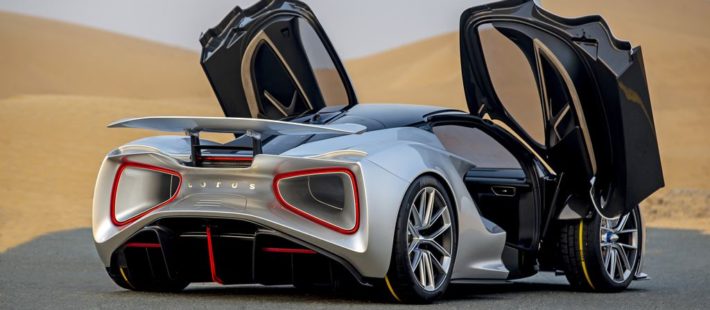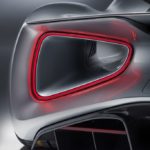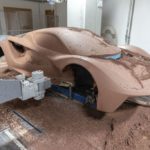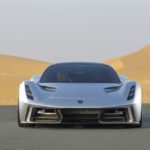The all-electric Lotus Evija hypercar was awarded at the prestigious International Design Awards (IDA), winning the “Product Design of the Year” category. The Evija is the first Lotus road car to feature a single-piece carbon fiber chassis.
Lotus Evija is the world’s first pure electric British hypercar. Designed, engineered and hand-built at Lotus’ home in Hethel, UK it is the world’s most powerful series-production road car. The overall philosophy behind the Evija’s aerodynamics and design is about keeping the airflow low and flat at the front and guiding it through the body to emerge high at the rear.
Put simply, it transforms the whole car into an inverted wing to produce that all-important efficient dynamic downforce. It’s like comparing a fighter jet to a kite, it’s unique because of its porosity. The car ‘breathes’ the air.
Members of the IDA jury commented that the Lotus Evija “paves the way for a more sustainable future while embodying exceptional aerodynamic aesthetics” and that “its seductive style elevates the Evija to be the most premium and sustainable car in the world“.
Technical specifications
Target CO2 emissions combined 0.0 g/km, Target consumption 17.25 KWh/100km (WLTP combined).
Lotus Evija: The Sum of Its Past
The Lotus Evija: The first British all-electric hypercar builds upon a rich history.
 |
SUBSCRIBE NOW
|




















